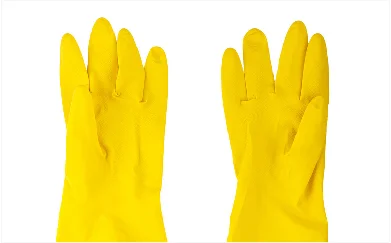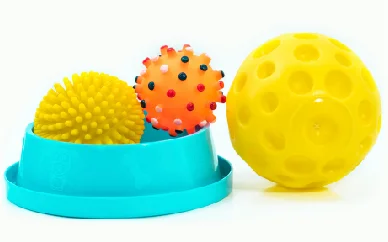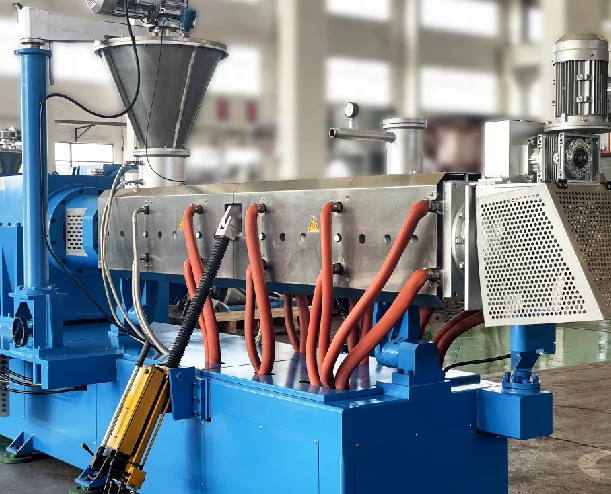
Compounding technology for Rubber Compounds / Elastomers
Compounding technology for rubber compounds is the process of mixing various raw materials, such as rubber, fillers, curing agents, and other additives, to achieve the desired properties of the final product. Elastomers are a type of polymer that exhibit rubber-like elasticity and are commonly used in a variety of applications, such as tires, seals, and gaskets.



The compounding process typically involves the following steps:

Mixing:
The raw materials are combined in a mixing chamber. Such as a Banbury mixer or a two-roll mill, and mixed together until they are evenly distributed.
Curing:
The mixture is then subjected to heat and pressure, which activates the curing agent. It causes the rubber to cross-link, or bond, to the other materials in the mixture.
Extrusion:
After mixing, the compound is fed into an extruder, which melts and homogenizes the mixture. The extruder has a screw that rotates and pushes the molten compound through a die, which shapes the compound into the desired form, such as pellets or strands.
Testing:
The cured compound is then tested to ensure that it meets the desired specifications for properties such as hardness, tensile strength, elongation, and resilience.
>>
There are several factors that must be considered when compounding rubber compounds and elastomers. Including the specific properties required for the final product, the processing conditions, and the cost and availability of raw materials. Fillers, such as carbon black or silica, can be added to improve properties such as wear resistance and stiffness, while plasticizers can be added to improve flexibility and reduce stiffness.
Overall, the compounding technology for rubber compounds and elastomers is a complex and specialized process that requires a deep understanding of the properties of the materials involved and the desired end-use applications.

Xinda Co Kneader
rubber compounding systems offer several specific benefits
> Improved mixing:
The co-kneader design allows for better dispersion of raw materials, resulting in a more homogeneous mixture and improved quality of the final product.
> Improved product consistency:
The co-kneader design results in a more consistent mixture, resulting in improved product consistency and fewer defects.
> Higher productivity:
The co-kneader design allows for faster mixing and shorter cycle times, resulting in higher productivity and reduced manufacturing costs.
> Easy maintenance:
The co-kneader design is easy to clean and maintain, resulting in reduced downtime and improved efficiency.
> Greater flexibility:
The co-kneader design can handle a wide range of raw materials, including high-viscosity and low-viscosity materials. As well as materials with varying melt temperatures, making it a highly versatile tool for compounding.
> Overall:
The XINDA Co-kneader rubber compounding system offers a number of advantages over traditional rubber compounding systems, making it a highly attractive option for manufacturers in the rubber compounding industry.
> Reduced energy consumption:
The co-kneader design reduces energy consumption during the mixing process, resulting in lower operating costs.


